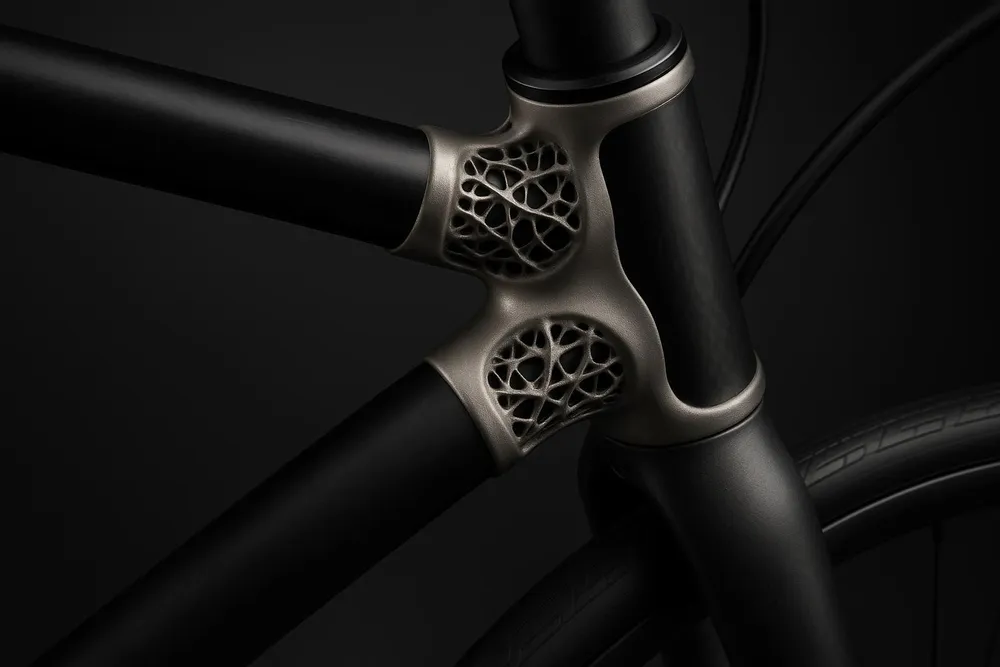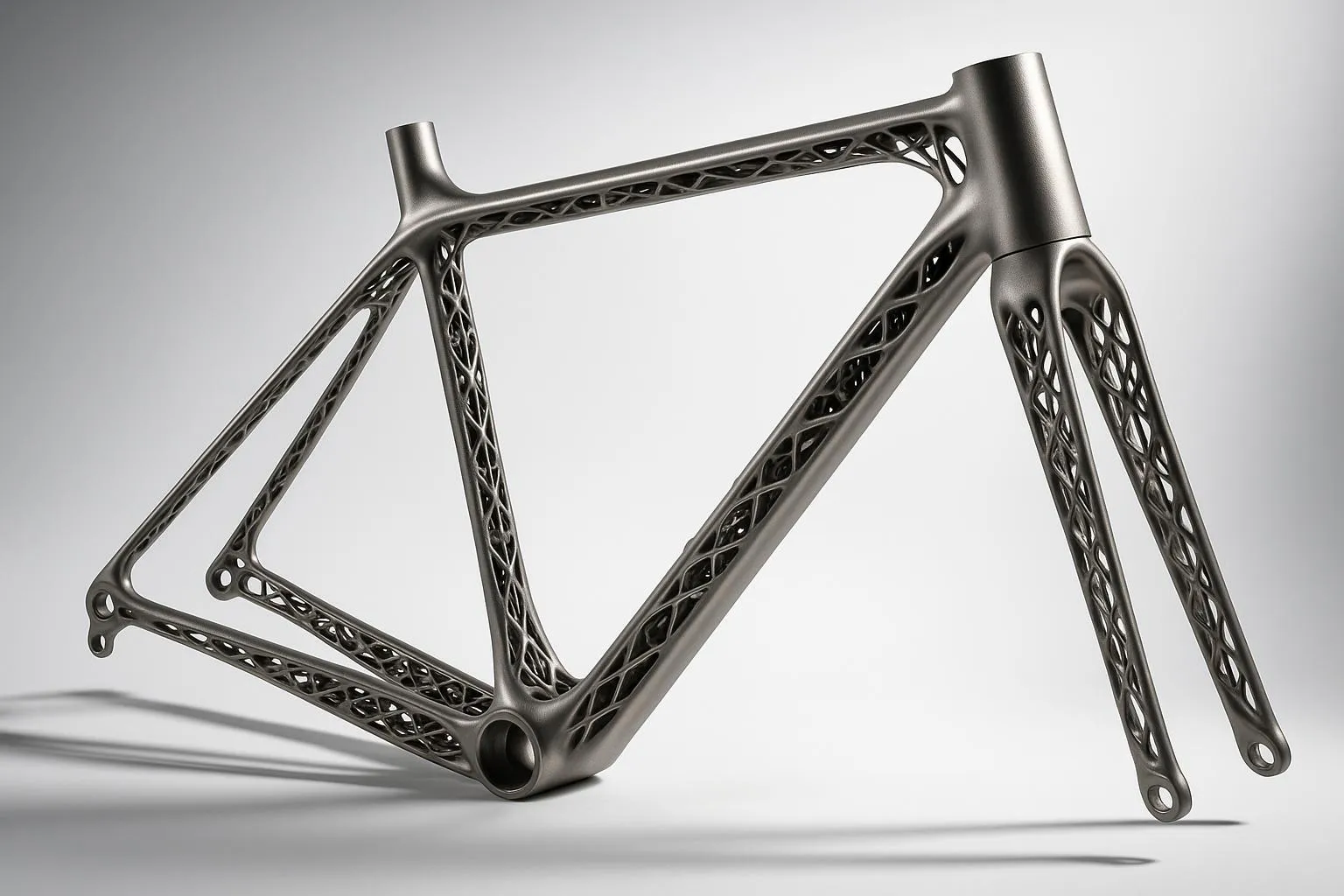For decades, the cycling world has been dominated by two materials: steel and carbon fiber. Steel, the traditional choice, is known for its smooth ride and durability. Carbon fiber, the modern marvel, is prized for its lightweight and aerodynamic properties. But in 2025, a new contender has emerged, and it’s poised to revolutionize the way we think about bike manufacturing. We’re talking about 3D printed titanium, a technology that combines the best of both worlds and opens up a world of new possibilities for custom frame design.
This is not just a niche technology for a select few. It’s a full-blown revolution that is changing the face of the high-end bike market. Companies like Sage Titanium, No. 22 Bicycle Company, and Ogle Component Designs are leading the charge, using 3D printing to create frames that are lighter, stronger, and more customizable than ever before. The result is a new generation of bikes that are not just built for performance, but are also tailored to the individual needs of each rider.
The Magic of Additive Manufacturing: How 3D Printing is Changing the Game
So, what exactly is 3D printed titanium, and how is it different from traditional manufacturing methods? The key is a process called Selective Laser Melting (SLM). In this process, a high-powered laser melts titanium powder, layer by layer, to create a solid object. This “additive” manufacturing process is a stark contrast to traditional “subtractive” methods like CNC machining, where a block of material is carved away to create the final product.
The advantages of SLM are numerous. It allows for the creation of complex internal structures, such as lattice geometries, which can be used to optimize the strength-to-weight ratio of the frame. It also results in significantly less material waste, with up to 98% of the titanium powder being used in the final product. This is a major advantage, especially when working with a material as expensive as titanium.
The Best of Both Worlds: The Unbeatable Combination of Titanium and 3D Printing
Titanium has long been a desirable material for bike frames. It has a strength-to-weight ratio that is comparable to carbon fiber, but it is far more durable and resistant to impact. It also has a natural ability to dampen vibrations, which results in a smoother and more comfortable ride. The only downside to titanium has been its high cost and the difficulty of working with it.
3D printing has solved both of these problems. The additive manufacturing process has made it possible to create titanium frames with a level of precision and complexity that was previously unimaginable. And while 3D printed titanium frames are still not cheap, the cost is coming down, and they are now within reach of a growing number of cyclists.

The Future is Custom: How 3D Printing is Personalizing the Cycling Experience
Perhaps the most exciting aspect of 3D printed titanium is the level of customization it allows. Because each frame is printed individually, it can be tailored to the exact specifications of the rider. This goes beyond just size and geometry. It’s now possible to customize the stiffness and compliance of the frame, to create a bike that is perfectly suited to the rider’s weight, power output, and riding style.
This level of customization is a game-changer for cyclists who are looking for the ultimate in performance and comfort. It’s a technology that is not just changing the way we build bikes, but also the way we ride them.
The Road Ahead: What to Expect from 3D Printed Titanium in the Coming Years
The 3D printed titanium revolution is just getting started. As the technology continues to evolve, we can expect to see even more innovation in the years to come. We will see the development of new titanium alloys that are even lighter and stronger. We will see the integration of 3D printed components with other materials, such as carbon fiber, to create hybrid frames that offer the best of both worlds. And we will see the cost of 3D printed titanium continue to come down, making it accessible to an even wider range of cyclists.

The future of cycling is a future of customization, performance, and innovation. And 3D printed titanium is at the forefront of that future. It’s a technology that is not just changing the way we build bikes, but also the way we think about them.
For more insights on cycling and technology, explore our comprehensive guides on The Lightweight Aero Revolution: How 2025 Tour de France Technology Is Redefining Cycling Performance, and Electronic Shifting Revolution: How Wireless Drivetrains Went from Pro-Only to Everyday Rider in 2025.
Explore additional resources on Why Titanium 3D Printed Bikes Outperform Every Other Material in 2025, Sage Titanium Bicycles, No. 22 Bicycle Company, and Bikerumor: Sage Previews Titanium Full Suspension MTB Project.




